The word “brand” has an elusive meaning but can be summed up in David Ogilvy’s definition as “the intangible sum of a product’s attributes.” A company’s brand refers to its image, experiences, values, style, tone, products, mission statement, and more. It also refers to the specific perception consumers hold of the company or product, so communicating your brand is incredibly important and requires careful deliberation when translating for international markets. Here are some helpful points to keep in mind when considering going international.
Style Guides
Translating Trademarks
Website Localization
Costly Mistakes

Style Guides
A style guide is a reference outline of how you will present your company and promote your brand. The guide should include information about the target demographic as well as the style and tone most appropriate for this audience. The personality of the company can range from formal to casual, conservative to edgy, and this is reflected in the language.
Style guides should also contain standardization regarding grammar, syntax, and spelling. Are rhetorical questions permissible? Or fragments? In terms of the English language, there are idioms, acronyms, and spelling in American English that are starkly different in British English. Similarly, the cohesion of content is reflected in standardized date and time formats, numbers, currency, percentages, and names.
The style guide should clearly specify which dialect or vernacular is the voice of the company so that translators can convey concepts accurately. Style guides are useful to language service providers when translating your content to connect with different markets, and an experienced team will be committed to accurately communicating your original message and product.
Translating Trademarks
Trademarks are key to any brand, and international expansion brings a few considerations for translating trademarks. Trademarks are legally registered and established symbols or words that represent your company or product. However, they are protected only in the language in which they are registered. When companies go international, products must be labeled with the trademarked name.
Many companies decide to use their trademarked name while including a translation of it to convey their products to an international market. Because trademarks are valid only in their registered language, the absence of the original trademark name may open the company to legal trouble. If your company were to use only the translation of the trademark without proper research, another company that already has trademarked the translation might bring forth some expensive legal fees.
Website localization
Website localization requires careful attention when expanding your company globally. Localizing your website is more than merely translating the content to a different language. Proper website localization encompasses considerations of style, legality, multilingual SEO, cultural context, design, and local standards of dates, currencies, names, measurement systems, syntax, and special characters.
Each language has its own rules, and it’s essential to not only know the local standards but also to have them accurately coded by experienced web developers. Cyrillic languages contain special characters alongside Roman letters, and this requires special coding to prevent certain characters from being represented by odd symbols or boxes. Other scripts are read from right-to-left or top-to-bottom, and these differences require skilled graphic designers to visually translate graphs, calendars, images, tabs, and tables.
As websites and online advertisements are often consumers’ introduction to any product, it’s important to have cohesive and comprehensible content to convey a quality first impression.
Costly mistakes
While some brand messages getting lost in translation may experience few consequences, others have caused serious embarrassments and setbacks.
When Pepsi first entered the Chinese market, their slogan “Pepsi Brings You Back to Life” was mistranslated to read in Chinese “Pepsi Brings Your Ancestors Back from the Grave.” Frank Perdue Farm’s tagline, “It takes a tough man to make a tender chicken” was mistranslated into Spanish as “It takes a sexually stimulated man to make a chicken affectionate.”
Blunders regarding local slang include when Ford attempted to introduce the Pinto in Brazil. Ford didn’t realize that “pinto” is Brazilian slang for “tiny male genitals” and subsequently had to change the car’s name to Corcel, meaning “horse” in Portuguese. Similarly, Puffs Facial Tissues did not realize that the term “puff” is German slang for “brothel” when attempting to break into the German market; England also responded poorly as “puff” is highly derogatory slang indicating homosexuality. Vicks also miscalculated German slang without realizing that the German pronunciation of “v” is “f,” which effectively made “Vicks” slang for sexual intercourse.
Whether mistranslations make for embarrassing mistakes or downright offensive material, companies need to consider how to effectively and respectfully enter another country’s market. Working with experienced language service providers will not only avoid costly mistakes but hone your content to local specificities and nuances, conveying your company’s value to each market.
Andovar is a global provider of multilingual content solutions with offices across Asia, the United Kingdom, and the United States. The company provides a broad range of services, including text translation, content creation, and turnkey website localization. If you’re hoping to expand your product to different markets, contact us for more information on how to protect your brand.
For more tips and content for global growth, please visit our blog.











